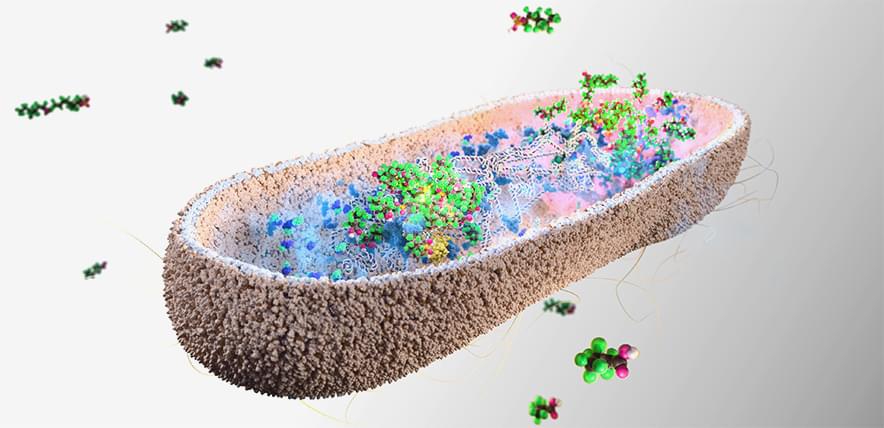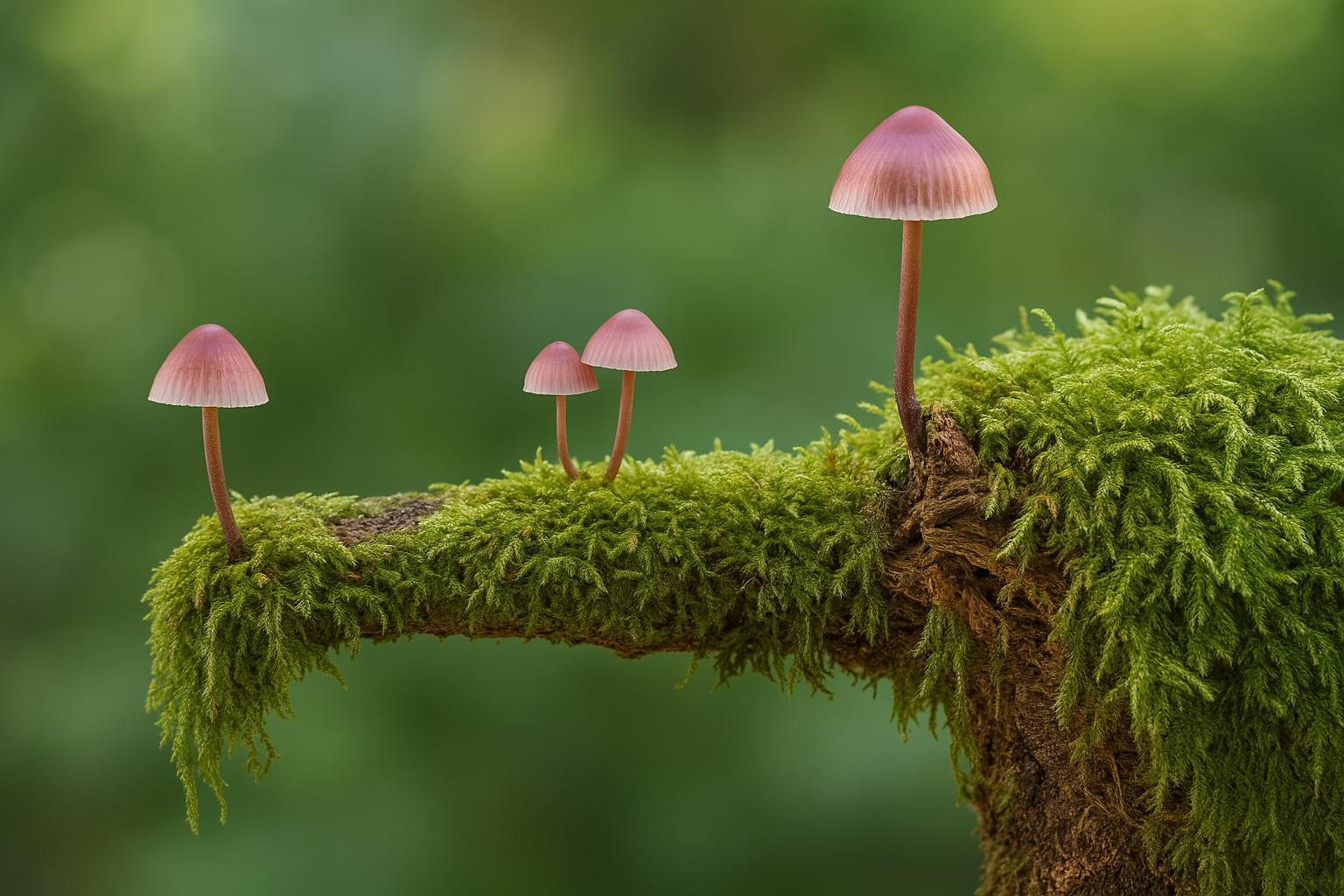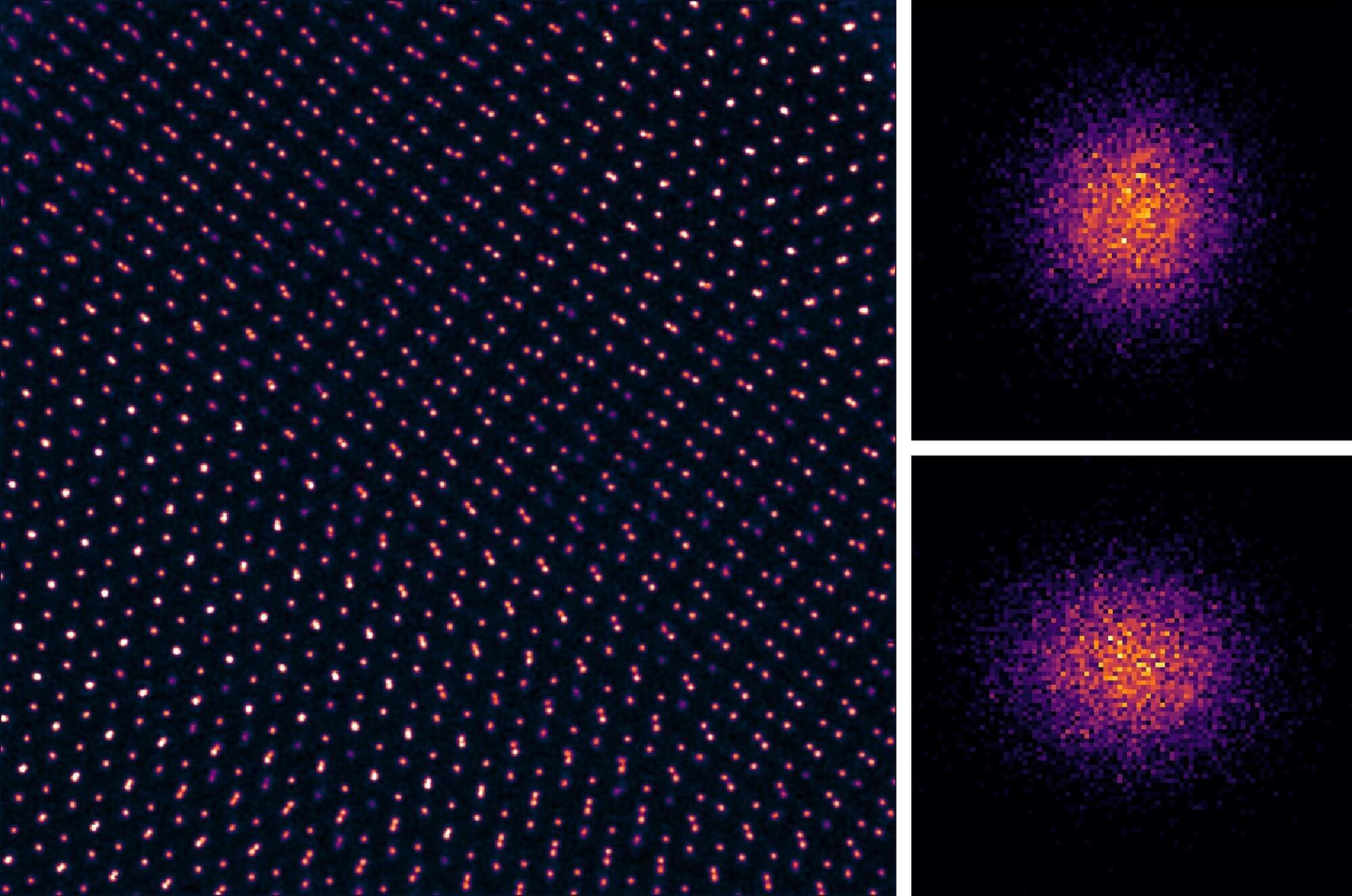Smoke from Canadian wildfires persisted across the Upper Midwest on Friday, prompting air quality alerts for millions.




University of Pennsylvania and Syracuse University scientists have discovered that a hindbrain-derived peptide, octadecaneuropeptide (ODN), can suppress appetite and improve glucose regulation without causing nausea or vomiting. Results suggest a glia-to-neuron signaling axis in the dorsal vagal complex that may be harnessed for treating obesity and type 2 diabetes.
Glial cells in the brainstem produce ODN, a signaling peptide whose physiological role in energy homeostasis has remained obscure. Researchers now find that directly activating this peptide system in the hindbrain induces weight loss, enhances glucose disposal, and lowers insulin resistance in obese animals.
Unlike existing therapies targeting GLP-1 receptors, ODN achieves these effects without triggering nausea-related behaviors or emesis in vomiting-competent models.


PFAS have been linked with a range of health issues including decreased fertility, developmental delays in children, and a higher risk of certain cancers and cardiovascular diseases.
Scientists at the University of Cambridge have identified a family of bacterial species, found naturally in the human gut, that absorb various PFAS molecules from their surroundings. When nine of these bacterial species were introduced into the guts of mice to ‘humanise’ the mouse microbiome, the bacteria rapidly accumulated PFAS eaten by the mice — which were then excreted in faeces.
The researchers also found that as the mice were exposed to increasing levels of PFAS, the microbes worked harder, consistently removing the same percentage of the toxic chemicals. Within minutes of exposure, the bacterial species tested soaked up between 25% and 74% of the PFAS.
The results are the first evidence that our gut microbiome could play a helpful role in removing toxic PFAS chemicals from our body — although this has not yet been directly tested in humans.
Scientists have discovered that certain species of microbe found in the human gut can absorb PFAS — the toxic and long-lasting ‘forever chemicals.’ They say boosting these species in our gut microbiome could help protect us from the harmful effects of PFAS.



In a new study, researchers show, for the first time, that photoacoustic microscopy can image stents through skin, potentially offering a safer, easier way to monitor these life-saving devices. Each year, around 2 million people in the U.S. are implanted with a stent to improve blood flow in narrowed or blocked arteries.
“It is critical to monitor stents for problems such as fractures or improper positioning, but conventionally used techniques require invasive procedures or radiation exposure,” said co-lead researcher Myeongsu Seong from Xi’an Jiaotong-Liverpool University in China. “This inspired us to test the potential of using photoacoustic imaging for monitoring stents through the skin.”
In the journal Optics Letters, the researchers show that photoacoustic microscopy can be used to visualize stents covered with mouse skin under various clinically relevant conditions, including simulated damage and plaque buildup.

Most people envision vibration on a large scale, like the buzz of a cell phone notification or the oscillation of an electric toothbrush. But scientists think about vibration on a smaller scale—atomic, even.
In a first for the field, researchers from The Grainger College of Engineering at the University of Illinois at Urbana-Champaign have used advanced imaging technology to directly observe a previously hidden branch of vibrational physics in 2D materials. Their findings, published in Science, confirm the existence of a previously unseen class of vibrational modes and present the highest resolution images ever taken of a single atom.
Two-dimensional materials are a promising candidate for next-generation electronics because they can be scaled down in size to thicknesses of just a few atoms while maintaining desirable electronic properties. A route to these new electronic devices lies at the atomic level, by creating so-called Moiré systems—stacks of 2D materials whose lattices do not match, for reasons such as the twisting of atomic layers.

Droplet interface bilayer was formed between two aqueous droplets immersed in hexadecane oil and lined with a lipid monolayer using the “lipid in” technique. First, to prepare the ~100-nm-diameter DPhPC large unilamellar vesicles (LUVs), 2 mg of DPhPC lipids dissolved in chloroform was placed into a glass vial. For different bilayer compositions, the total amount of DPhPC, cholesterol, and SM was kept at 2 mg while varying their mass ratios. The solvent was evaporated under an air stream and further dried overnight in a vacuum desiccator. Then, 1 ml of buffer was added to the desiccated lipid film to achieve a final lipid concentration of 2 mg/ml after a 30-s bath sonication. Unless otherwise noted, the buffer solutions in the droplets were 100 mM KCl, 10 mM tris, and 1 mM EDTA at pH 7.5. The mixtures were incubated at ambient temperature for 30 min. To form unilamellar vesicles, the samples underwent 7 freeze-thaw cycles, involving rapid freezing in liquid nitrogen and subsequent thawing at 50°C. The samples were then extruded through 100-nm pore-sized polycarbonate membranes 21 times using a mini-extruder (Avanti Polar Lipids).
Next, two 100-μm-diameter Ag/AgCl electrodes with ball-ended tips were made hydrophilic by coating with low-melt agarose in KCl buffer (3%, w/v). The electrodes were affixed to micromanipulators (NMN-21, Narishige) mounted onto an inverted optical microscope (Leica DMi1) and connected to a patch-clamp amplifier headstage input and ground. Approximately 600-nl droplets of LUV solution were carefully placed on the electrodes in the hexadecane oil bath using a micropipette. For reconstitution of α-HL in the bilayer, a diluted α-HL stock solution (0.5 mg/ml reduced to 1 μg/ml) was added to the LUV solution before droplet formation.
The droplets were incubated for at least 5 min to allow the formation of a self-assembled lipid monolayer. During this process, the droplets sagged slightly away from the electrode, becoming relatively free from strong electrode adhesion. Subsequently, the droplets were gently brought together to form a bilayer at the interface, which was confirmed by optical microscopy imaging and membrane capacitance measurements under an applied triangular voltage wave. The relative freedom of the droplets from the electrode ensures that the electrode-droplet interfaces do not interfere with the bilayer geometry or its structural response under the applied voltages (movie S1).